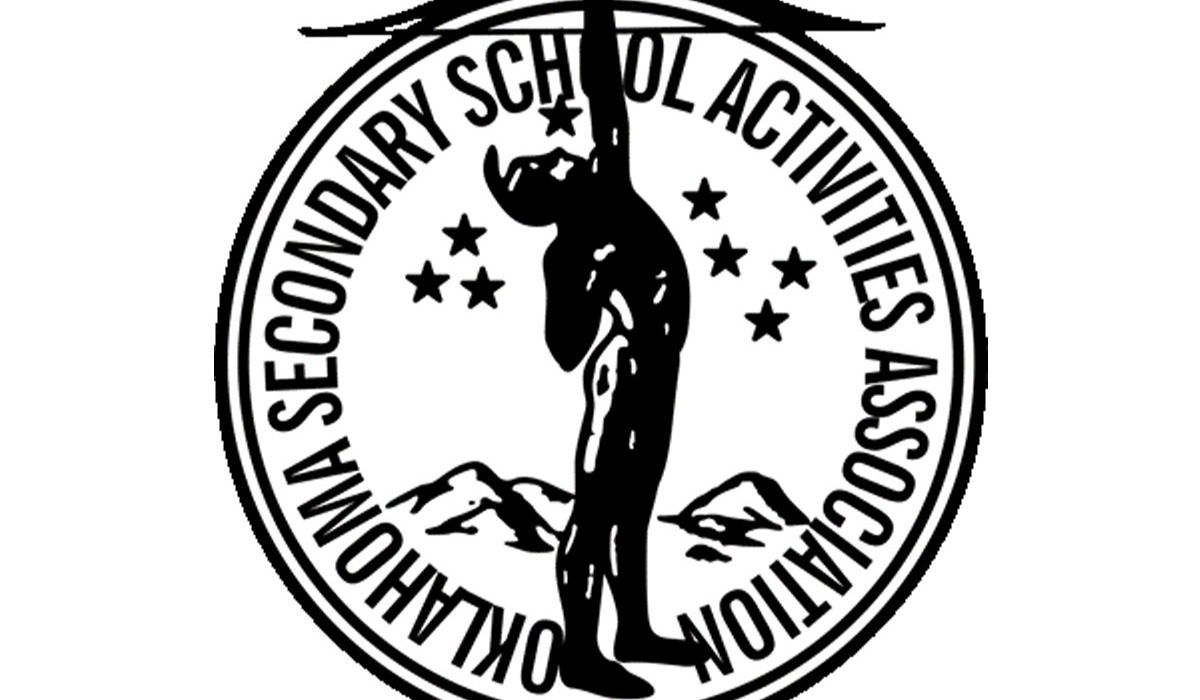OSSAA Communications
Van Shea Iven, Media Relations Director
INDIANAPOLIS, OKLAHOMA CITY — Continuing with their focus on the health and safety of high school student-athletes, the National Federation of State High School Associations (NFHS), and the Oklahoma Secondary School Activities Association (OSSAA) through the NFHS Foundation, are equipping schools with Automated External Defibrillators (AEDs).
In an effort to ensure that every high school in NFHS member state associations is equipped with an AED, state associations were able to request AEDs for schools without the life-saving units. As a result, more than 400 Phillips Onsite AEDs were shipped last week to schools and state association offices in 32 states thanks to a grant from the NFHS Foundation. Thirteen were shipped to Oklahoma high schools who indicated through a survey in April 2017 they had no AED’s available in the school.
The AEDs are accompanied by a rescue kit, alarmed wall cabinet and a carrying case to allow the AED to be transported outside the school setting. The AED includes an attached two-inch adult pad, as well as a pediatric pad for individuals weighing 55 pounds or less.
“This was a significant contribution on the part of the NFHS Foundation – a gesture that directly effects not only the lives of Oklahoma students, but also coaches, fans and administration.” said David Jackson, OSSAA Executive Director. “Statistics indicate defibrillation within 3 minutes of sudden cardiac arrest increases the chances of survival to 70 percent.”
The plan for having an AED in every high school in the NFHS member state associations was one of the goals developed in the Strategic Plan for the NFHS Foundation as well as the Strategic Plan for the OSSAA Sports Medicine Committee. The OSSAA SMAC has done significant work in minimizing the safety risks for students participating in activities in Oklahoma schools regarding everything head trauma, heat related illness, cardiac education and best practices for safe practice and minimizing risk.


